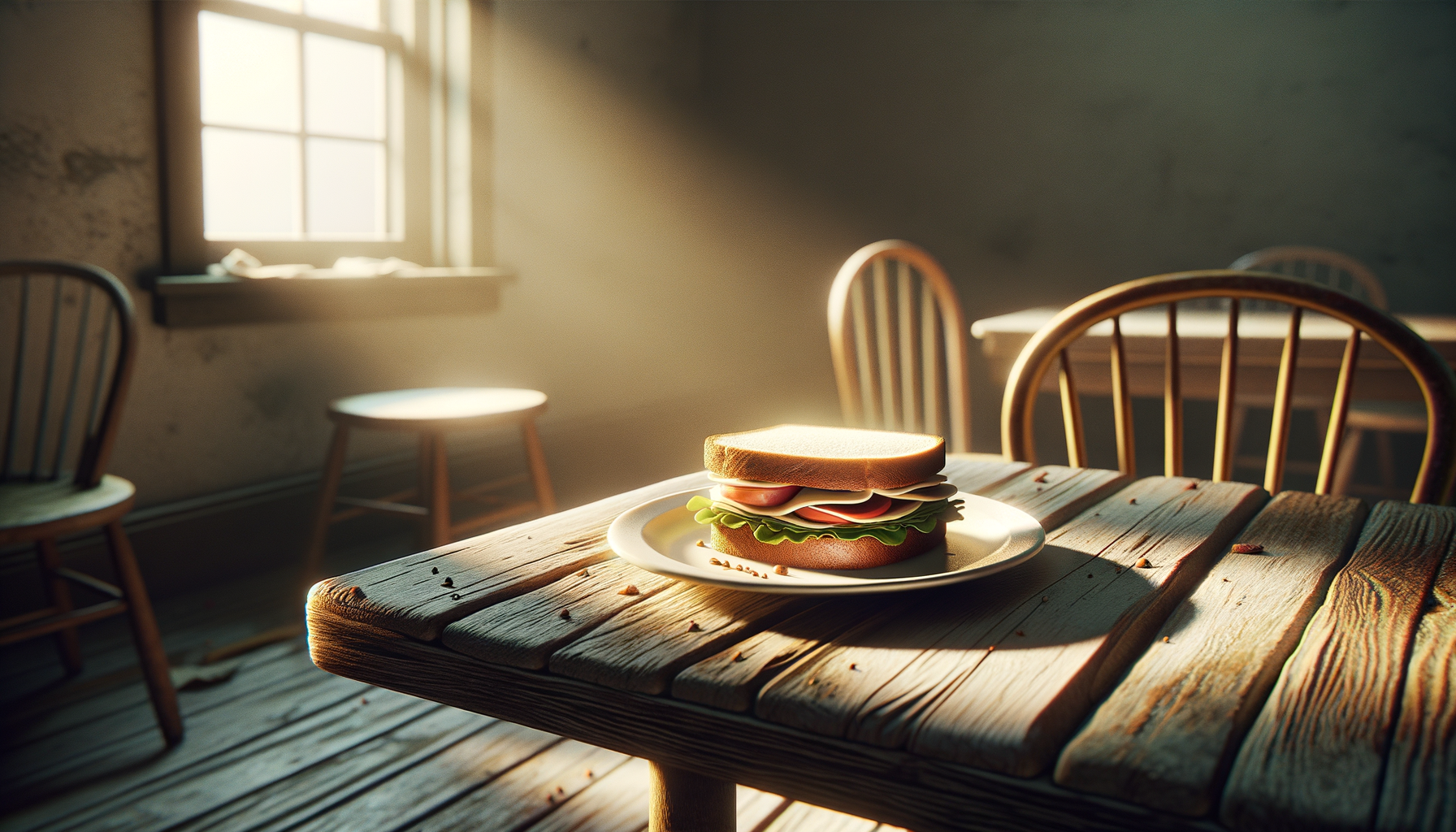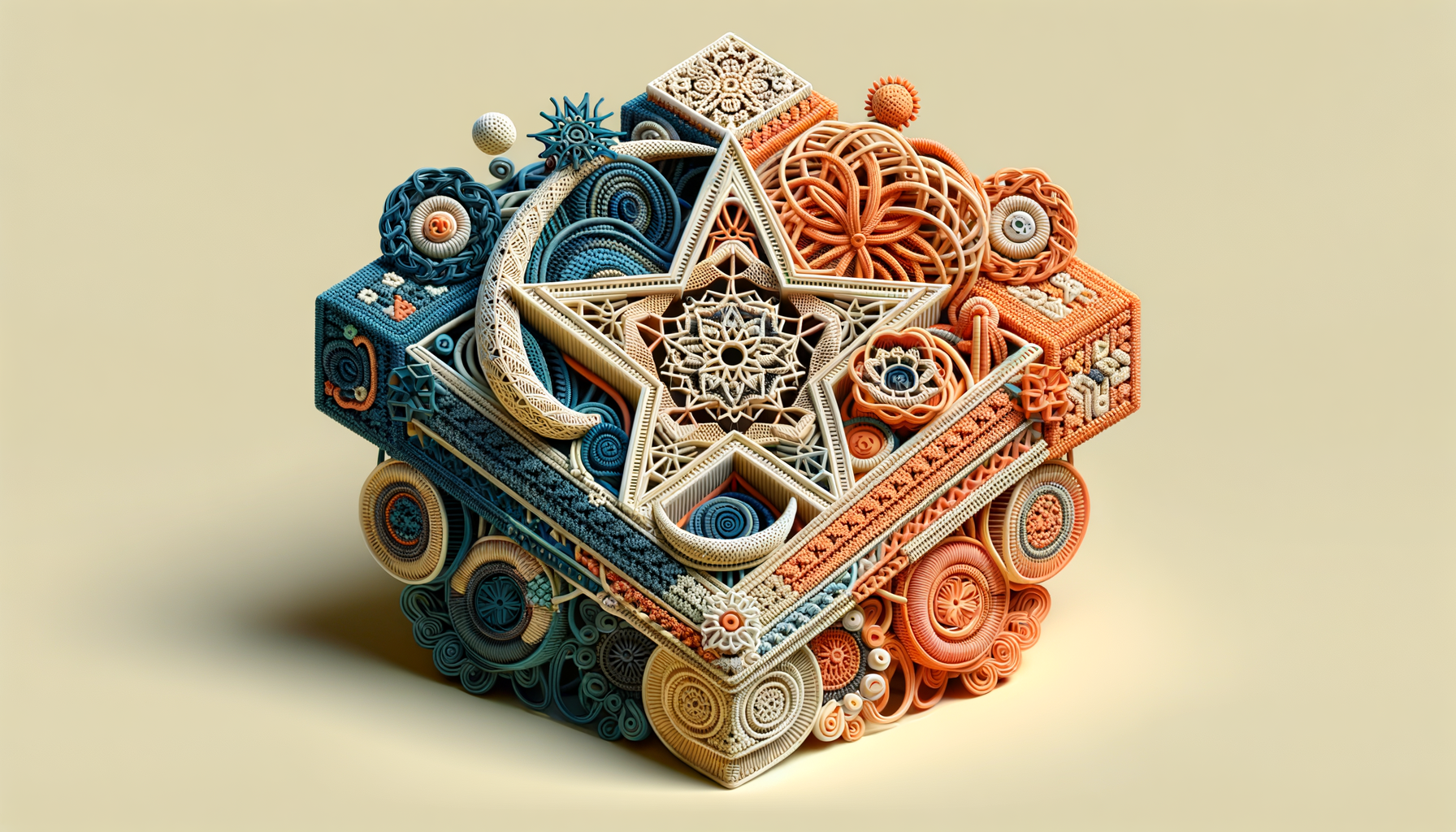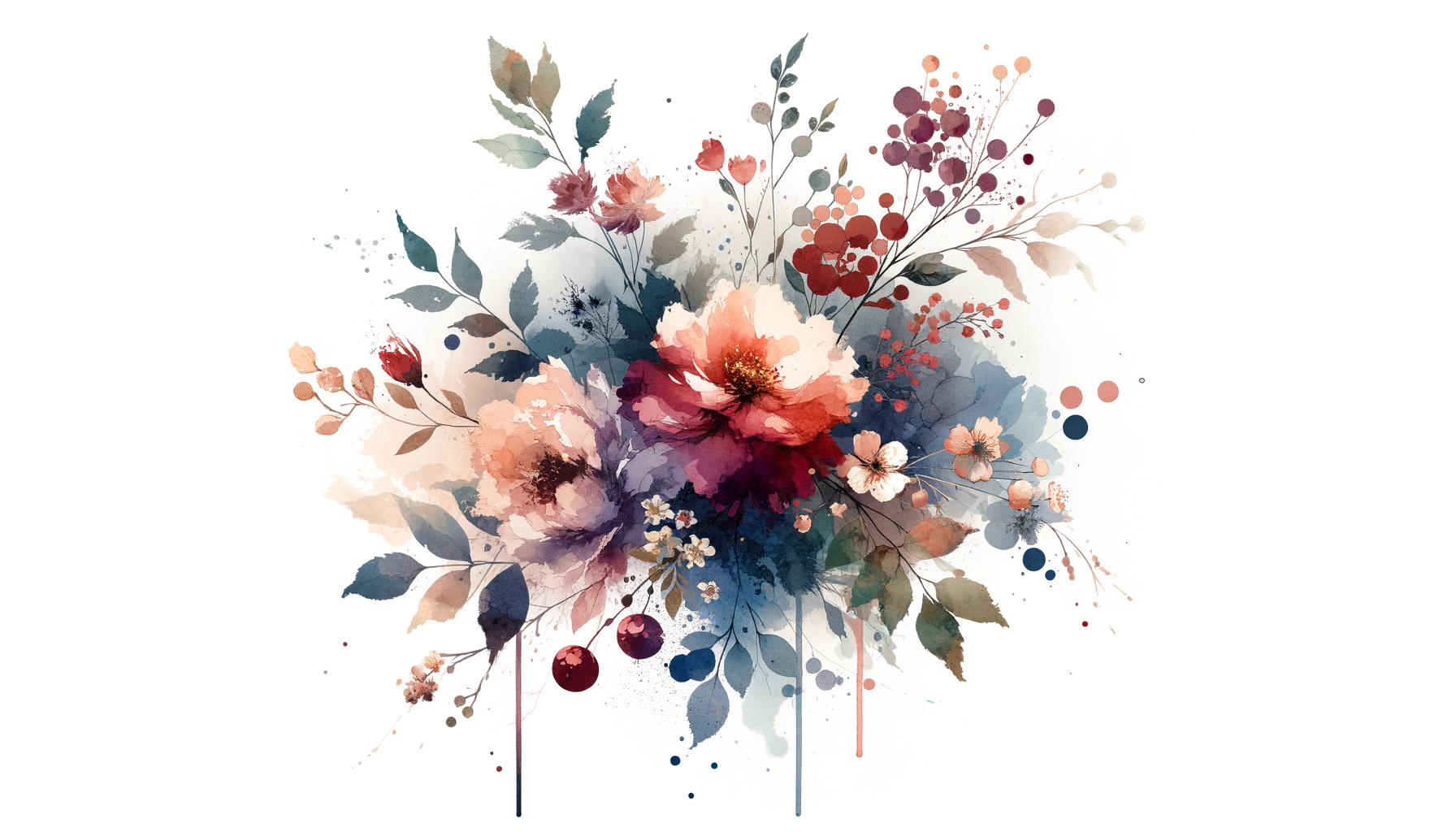The Battle I Fought in Secret
Let’s Call It What It Was: A Perfectly Polished Lie
If you had crossed paths with me a few years ago, you would’ve seen a version of Lila Reeves who seemed unapologetically put-together. Someone who curated her life as skillfully as her parents arranged artwork in their gallery. I was the kind of woman people called “independent” with a tone that implied it was both a compliment and a little intimidating. I had my career shaping local arts culture, my evenings spent with friends over tamales and margaritas, and conversations peppered with book recommendations or musings on desert sunsets.
What I didn’t have—and wouldn’t dare admit—was peace of mind. I was drowning in something that sneaks up on a lot of people who outwardly seem fine: I was the reigning champion of perfectionism. And make no mistake—perfectionism fights dirty.
It hid behind beautifully worded emails, artfully mismatched earrings, and my carefully considered, “I’m just focusing on me right now” responses to nosy questions about relationships. I didn’t tell anyone about the quiet war being waged inside every time I felt I had to be flawless, or when I carefully crafted my life to appear controlled in every sense. The armor fit snugly, but good grief, it was heavy.
How the Facade Cracked (Thank You, Hand-Thrown Ceramics)
Santa Fe’s art scene is bursting with beautiful imperfection: dripping glazes, felted tapestries with wild threads sneaking out, turquoise jewelry that’s slightly asymmetrical but stunning. I’ve always loved these creative quirks—just not in myself. My own artistic pursuits followed strict parameters, and so did my life.
The breaking point came one Saturday morning in the form of a pottery workshop. I had signed up on a whim, chasing my urban cowgirl fantasy of making something tactile and earthy. But as I sat at the wheel, coaxing the clay into what I hoped would be a bowl, I watched it wobble and collapse. I tried again. Collapsed again. Around me, people laughed, shrugging off their own lopsided pots with casual delight. Meanwhile, I fought the stinging sensation of tears that surely didn’t belong in a room of clay-stained hands and good vibes.
My instructor, a soft-spoken woman in well-loved overalls, noticed my frenzied need to perfect the whole process on my first try. She leaned over and said, “The clay’s alive, you know. If you try to control it too much, it pushes back.” It wasn’t what I wanted to hear, and certainly not the one-liner cure for my perfectionism, but it planted a seed I couldn’t ignore.
The Side Hustle of Control: Why We Do It
In hindsight, I recognize my perfectionism for what it was: a careful strategy to avoid vulnerability. Vulnerability, in my mind, was a flashing neon sign that read, “You’re not enough.” If I sent a work email with a typo, if I had a disagreement with friends, or if I embarrassed myself on a date, clearly the world would implode. Perfectionism promised to be the hedge against all that. Of course, what it actually delivered was sleepless nights spent triple-proofreading texts and a constant sense of near-panic that my carefully constructed world would come crashing down.
The trouble with perfectionism is it doesn’t actually let you live. It locks you inside the fortress of your own making: secure but stifling. Worse, it convinces you you’re safer there.
The (Messy) Process of Releasing Control
Changing my relationship with perfectionism didn’t happen overnight. There was no Hollywood montage where I suddenly embraced the messy beauty of existence while Fleetwood Mac played in the background. It was, if anything, clumsy and inconsistent—like learning how to pottery-wheel again, but this time without worrying about perfect symmetry.
Here’s what helped me start to chip away at it:
-
I Said “Yes” to Failing (and Hated Every Minute at First).
I began deliberately seeking out scenarios where I couldn’t control the outcome, whether it was a salsa class (two left feet here!) or cooking without obsessively following a recipe. Spoiler: I burned things, tripped over my own rhythm, and—surprise—nobody cared nearly as much as I thought they would. -
I Stopped Using My “Highlight Reel” as Reality.
Social media didn’t help my case. Nobody posts their fragile moments or fear of being unlikable, right? To counter this, I started getting real in conversations with trusted friends. Instead of saying, “I’ve got it all figured out,” I began admitting, “I’m overwhelmed.” The sky didn’t fall. My friendships actually deepened. -
I Learned from the Southwest’s Natural Wisdom.
Take a drive out past Santa Fe’s city limits, and you learn pretty quickly the desert isn’t interested in appearing perfect. Its strength is its adaptability—how it weathers storms, rebuilds after droughts, and thrives in its own raw beauty. That became my mantra: thriving doesn’t equal flawless. -
I Started Seeing Vulnerability as Connection.
Here’s the magic: letting down my guard didn’t make me appear less impressive. It made people lean in. Romantic relationships began to feel less like performance art and more like collaboration. My family and coworkers didn’t require Perfect Lila; they wanted Honest Lila.
Moving Forward: A Love Letter to Life’s Imperfections
Listen, I wouldn’t classify myself as “cured” of perfectionism. I doubt I ever will be, but I’m learning to live alongside it instead of bowing down to it. These days, I embrace the little cracks in my polished facade. They’re where the connection, the light, the life gets in.
In fact, one of my favorite things to tell myself is what my pottery instructor once told me: “The clay’s alive.” And so am I, and so are you. We don’t have to control every wobble. Some of the best moments—the deep laughs, the long hugs, the midnight confessions—come when things don’t go according to plan.
So here’s my advice: Let the clay wobble. Make the crooked pot. Tell someone you’re scared, tired, or just trying the best you can. Because at the end of the day, healthy connection feels a lot more like soft clay than cold marble. Play with it, lean into its messiness, and let it reshape you when needed.
After all, life isn’t the art of perfection. It’s the art of showing up, imperfections and all.




















